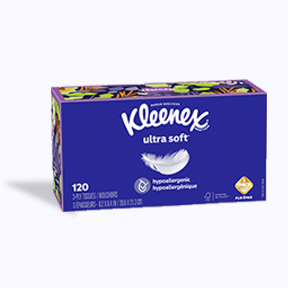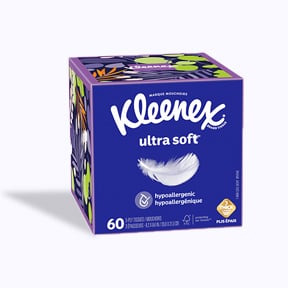
Dust allergy isn’t an allergy to dust
Sneezing. Sniffling. Runny nose. Tiredness. The symptoms of a dust allergy are bad enough, however, just as uncomfortable is the cause. Dust mites. Smaller than a grain of sand, they live in our homes, with a particular fondness for our beds. Depending on the age of your mattress, it can contain from one million to ten million bed mites. To avoid sharing your bed with so many mites, you can vacuum or wash the mattrass regularly with a cleaning machine, like a carpet cleaner.
So, why do these ugly bugs like our beds so much? Well, there’s no nice way to say this: their favorite food is dead human skin. The skin we shed naturally, when lying blissfully unaware sleeping.
Dust mites might be small, but a dust allergy is no small problem. It’s a year-round allergy affecting 10% of the human population and 80% of allergy sufferers have a dust allergy. So, how do these unpleasant little critters sneak into our homes in the first place? Not from the outside, as you might first think. No, they attach themselves to us, our clothes and our luggage, whenever we visit indoor places. Like other people’s homes, hotels, office buildings, public transport, restaurants and movie theaters. Even the car. No indoor place is safe from these ugly little mites.
They thrive in warm environments, happiest at 70°F with 70 percent relative humidity. Exactly the conditions in your bed. Bedding, carpeting, and furniture cushions all trap and hold moisture, allowing these tiny bugs to flourish. To be fair, the living mites are not to blame at all, it’s their feces and particles left after they die which form the dust that we are allergic to. And then our own immune system overreacting, producing antibodies. Thinking our body is under attack, when in fact breathing in this dust is completely harmless.
Seven steps to dust allergy free heaven
The good news is that there has been extensive research all around the world into this subject. Because scientists know what dust mites like, they also know what they don’t like. There are a whole range of treatments and preventative measures you can take to tackle your dust allergy.
- Wash all your bedding in hot water once a week. Washing at 60°C or above will kill the pesky mites.
- Use allergy-proof bedding, including bedcovers, sheets and pillowcases. There’s a wide range on the market, however, many that claim to be allergy-proof are fake. The best way to make the right selection is to carry out some online research and ensure that your choice has the correct certification. In the USA, that would be from the AAFA (Asthma & Allergy Foundation of America).
- Don’t make the bed! Mites like being warm, under the covers. When you take the covers and pillow off, you air the bed.
- Consider buying an anti-bacterial vacuum cleaner, made specially to suck up millions of mites in carpets, rugs, beds and upholstery. Do remember to wear a face mask and gloves when emptying the vacuum cleaner.
- Dust, dust, dust. Use a damp cloth to keep your home as dust-free as possible.
- This is a tough one for some people: change your home interior. Rugs and carpets are perfect breeding grounds for dust mites. “As happy as a bug in a rug” is a well-known saying for a reason! Consider replacing carpeting with wood, tile or vinyl flooring.
- There are many excellent over-the-counter treatments for dust allergy, depending on your symptoms. Antihistamines can help relieve sneezing, a runny nose and itching. Nasal corticosteroids to reduce inflammation and decongestants if you’re having trouble breathing. If your condition is more serious, we recommend that you visit your doctor and seek the assistance of an allergy specialist. They might suggest changes of diet to alleviate your allergy. Like eating more fruits high in vitamin C, nuts with vitamin E and tea which is full of flavonoids.






